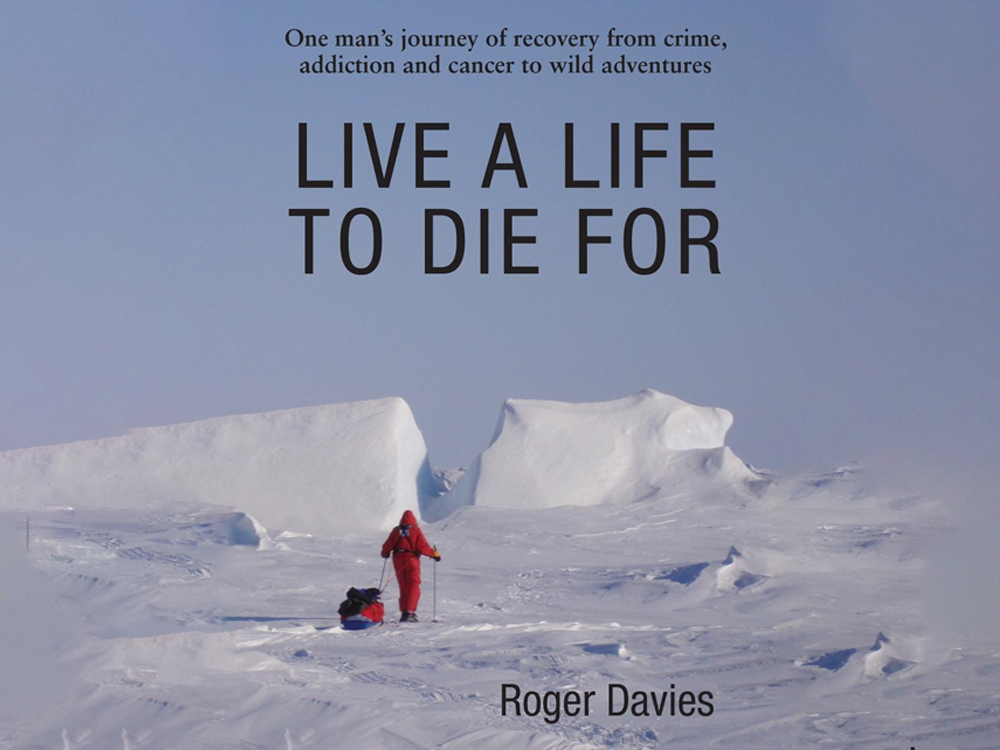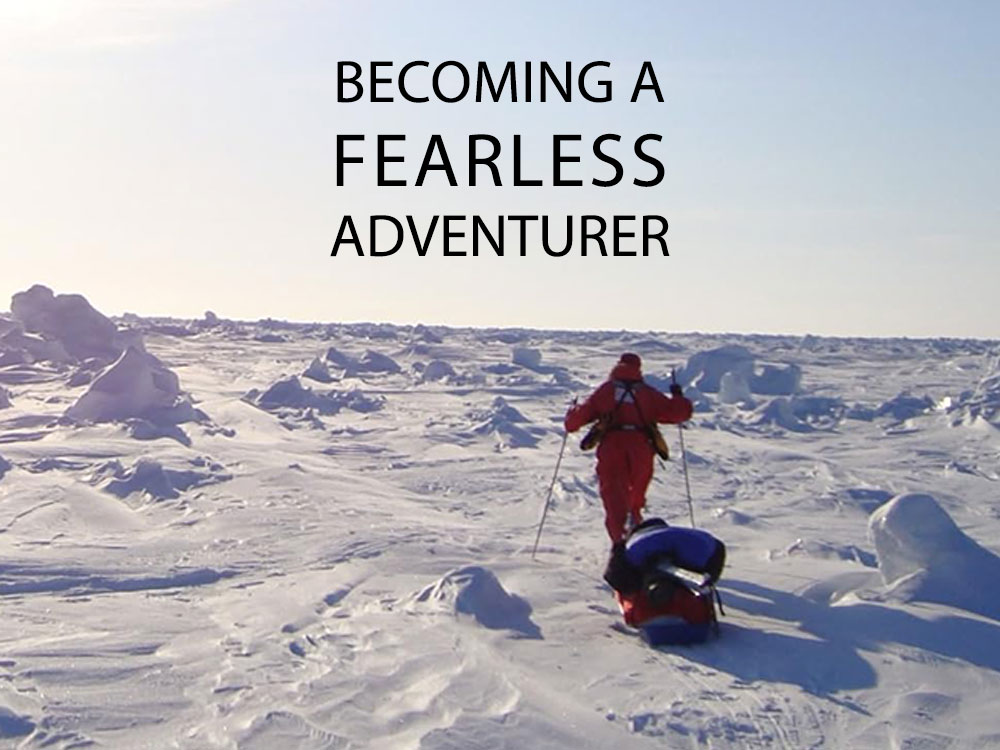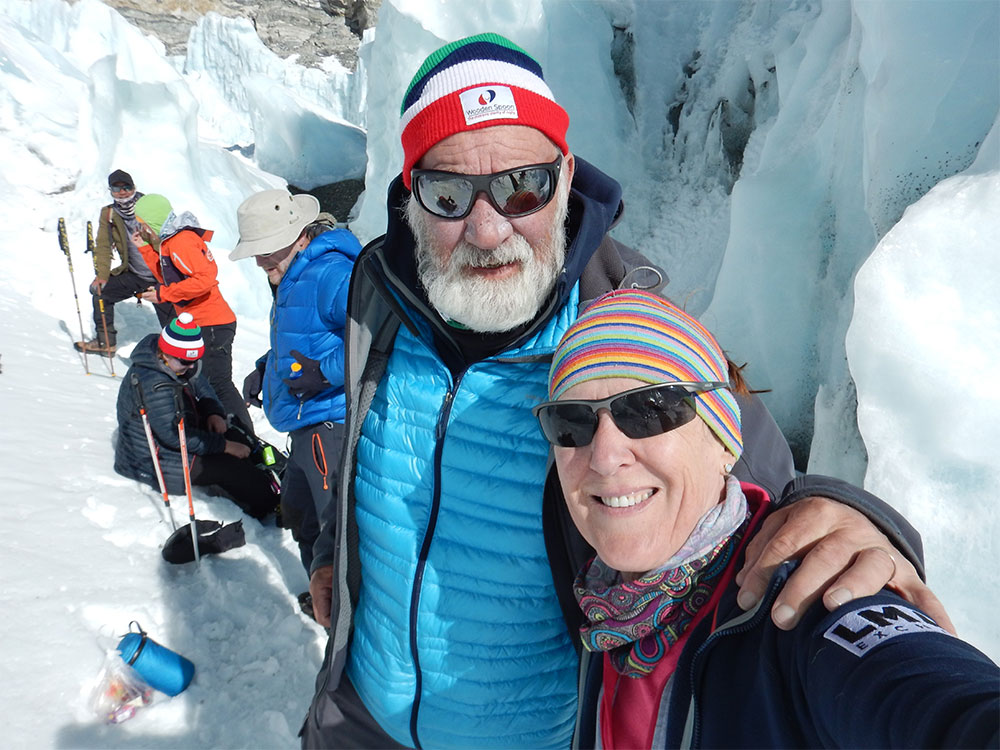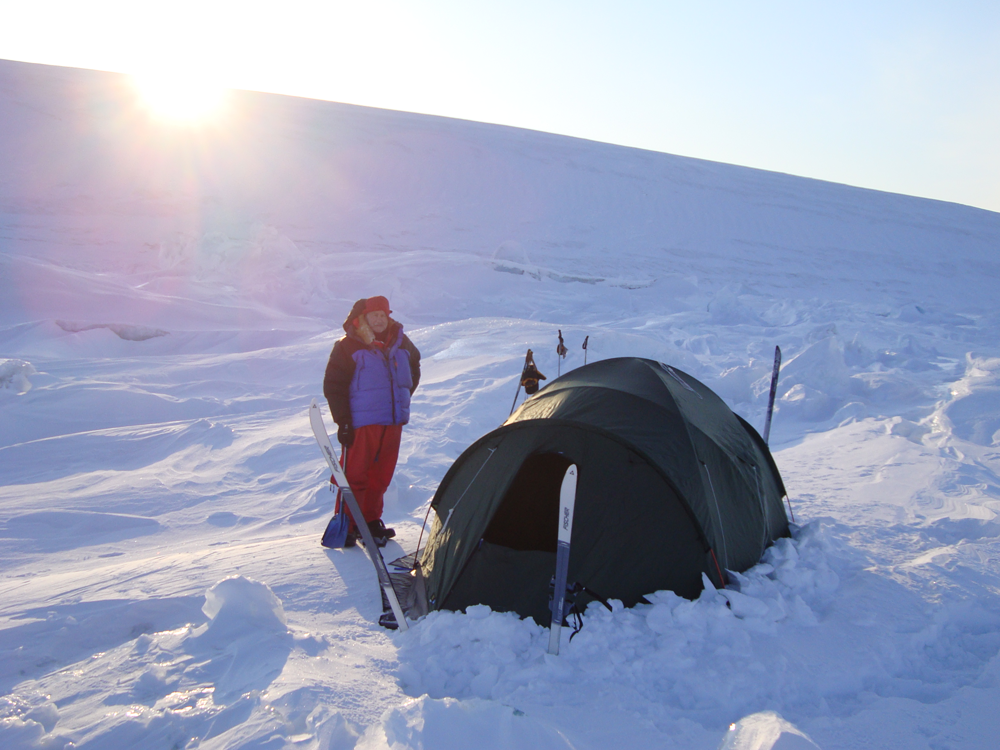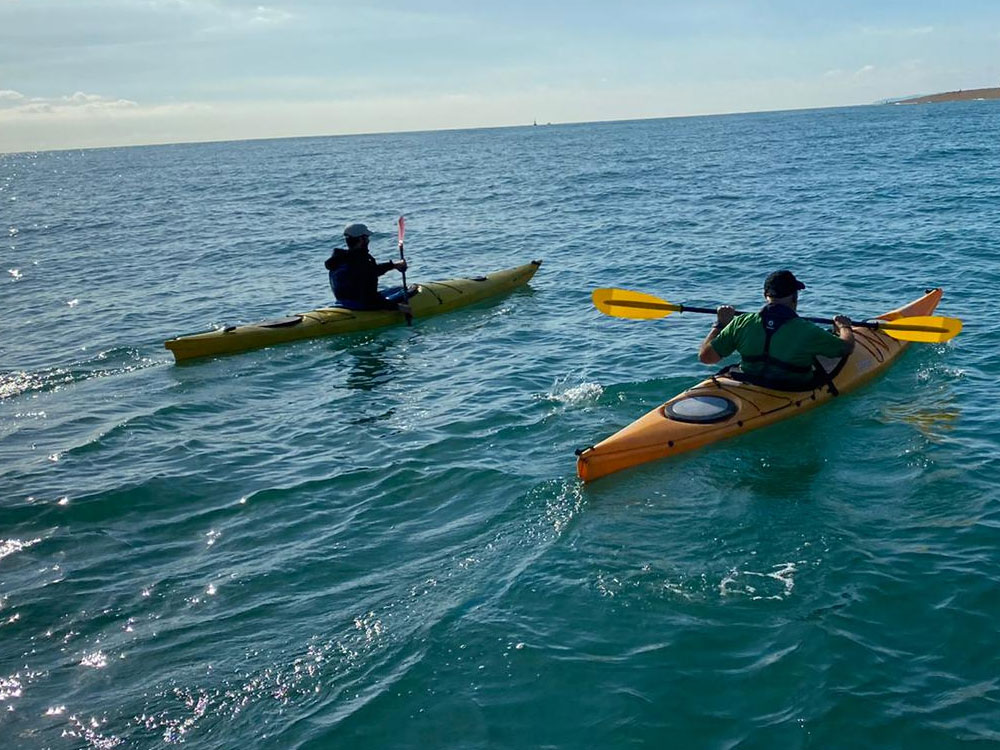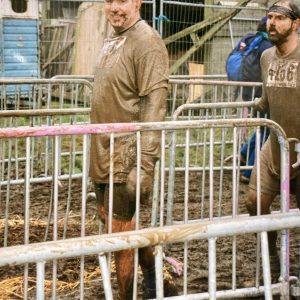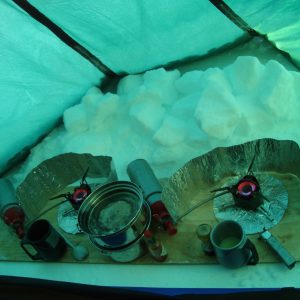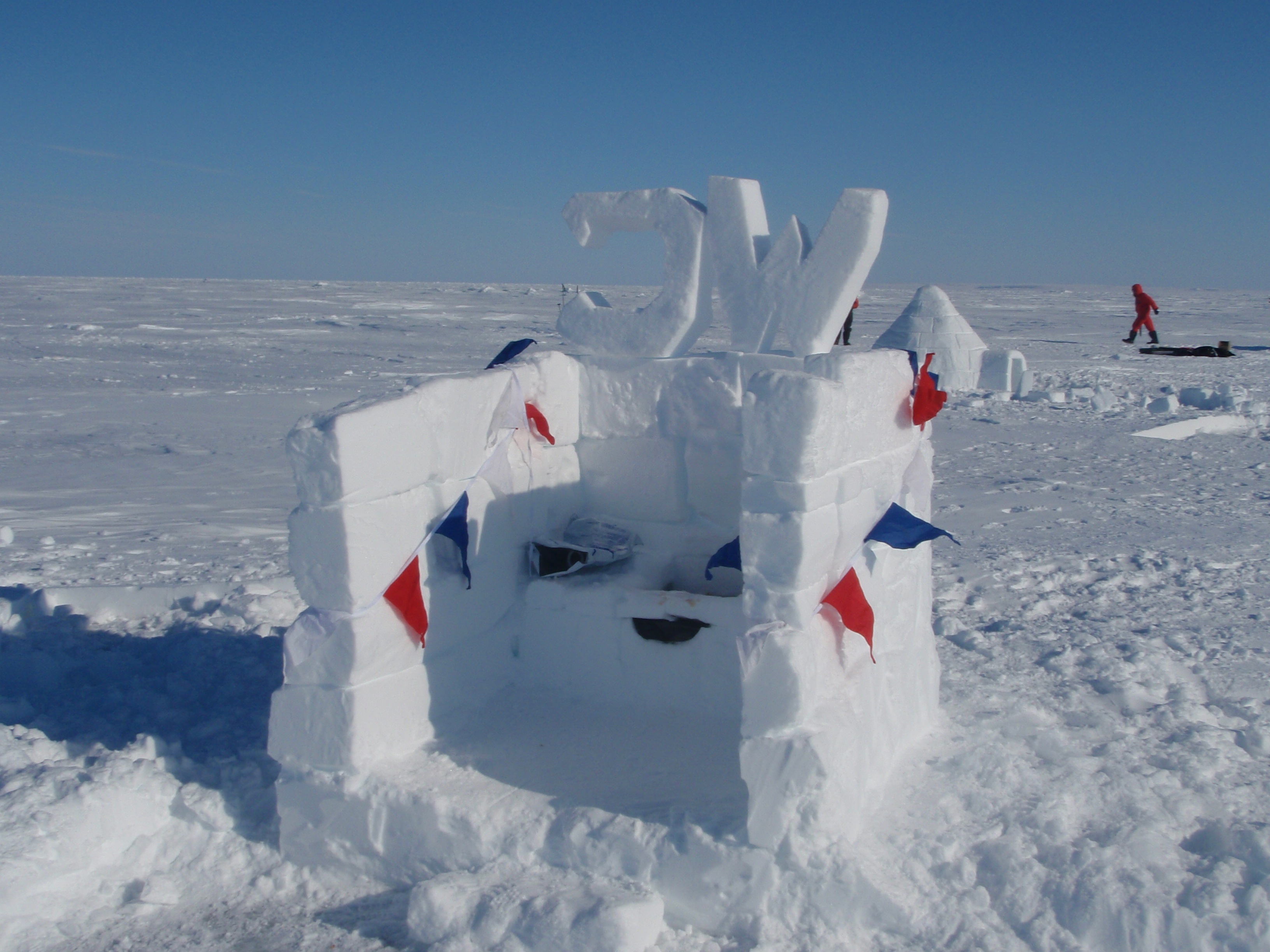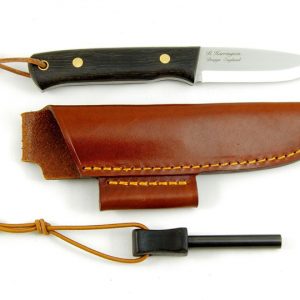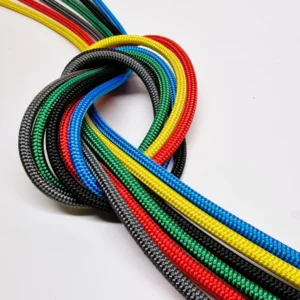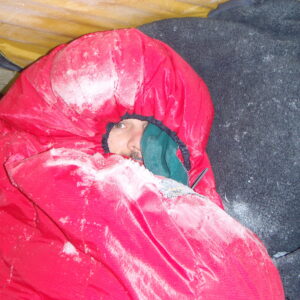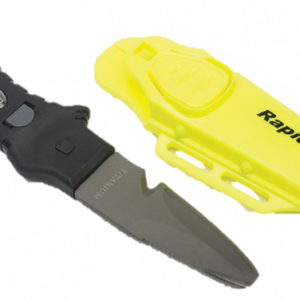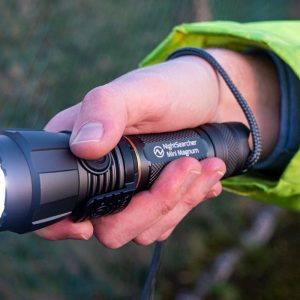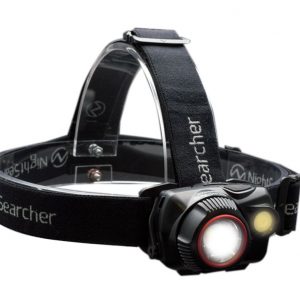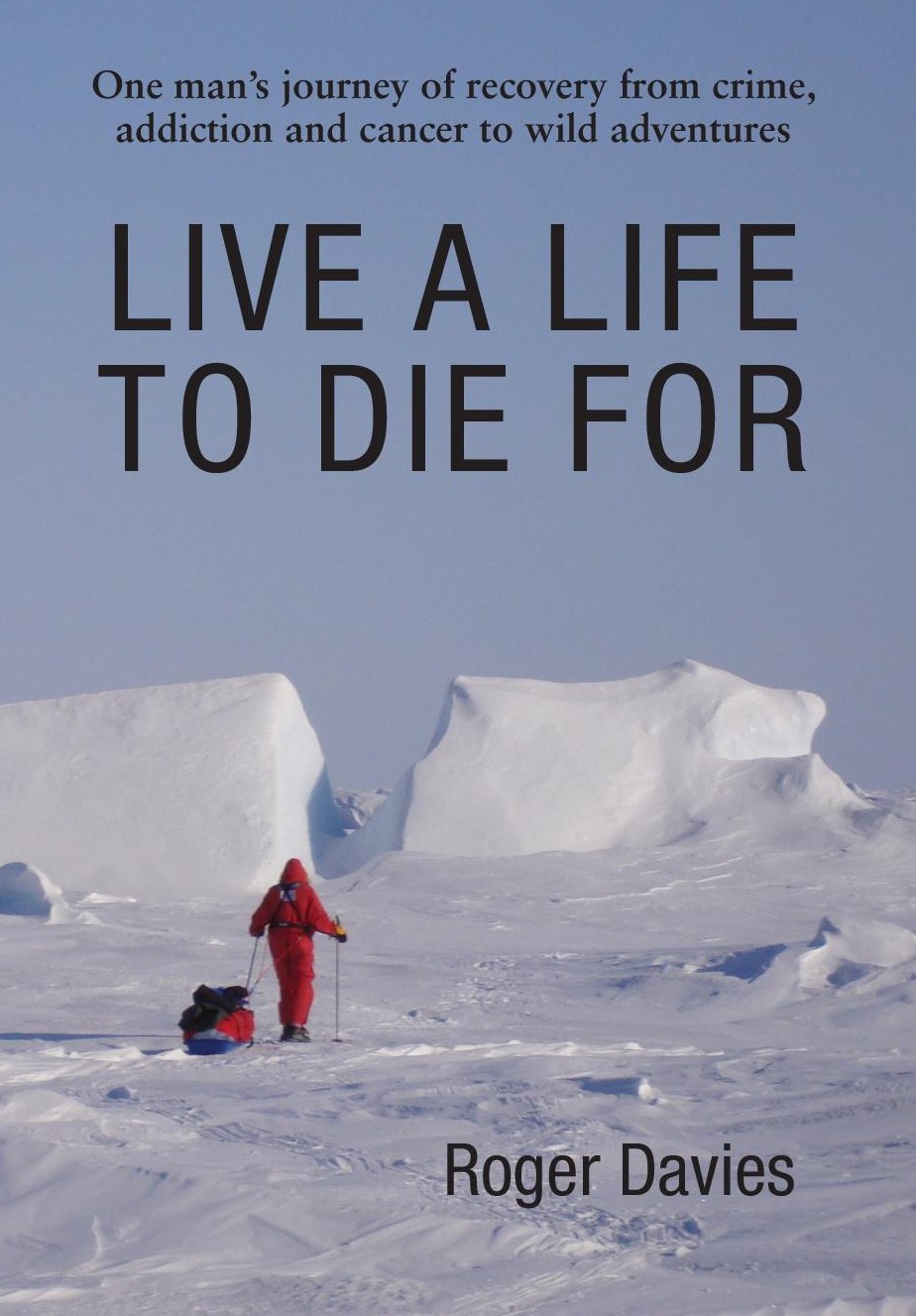-
Microfibre is the Ultimate Fabric for Outdoor Activities
Microfibre Towelling are Essential for Outdoor Adventures: Super Absorbent and and Eco-Friendly perfect for every outdoor adventure Top Reasons Microfibre Towels are Ideal for Outdoors > They’re amazingly fast drying; which is remarkably good for a day’s hiking, gym, the beach, camping and the rigors of expeditions into the wilderness. Importantly they help you warm up pronto! Whatsoever my adventure, I always…
-
Camping Stove: The Ultimate Essential for Outdoor Cooking Adventures
A camping stove must be trusted by hikers, trekkers, adventurers, and survivalists for its reliability. In challenging outdoor situations, a dependable camping stove can make a significant difference. Test it at home or on short hikes first. So on an adventure your stove of choice will be based on your experience. My personal experience – Every breakfast and evening meals…
-
Personal Hygiene : How to keep Clean on Outdoor Adventures
Toilet Paper or Wet Wipes ??? Wet wipes are the best innovation for personal hygiene and gentle on your bitsduring events and adventures.Some brands are very eco-friendly, for example; My Happy Planet’s GenieWipes –are 100%biodegradable and best of all, they’re totally plastic free.Toilet paper is light but bulky and must be protected from getting wet; no onewants soggy tissues. As…
-
The Woodsman ‘Survival’ Knife
I, Roger Harrington, designed the Woodsman Knife in 1999 to fullfil my needs as a Bushcraft/Survival instructor. I was still serving in the reserve forces at the time teaching in both civilian life ( As Bison Bushcraft ) and in my military role. I needed a strong bushcraft knife that wasn’t the overkill of issued military blades. It had to…
-
Camping / Equipment & Accessories, Climbing / Caving, Critical items you ‘Need’ to Survive an Adventure, Marine, Mountaineering, My Blog
Strong and Versatile Cordage: Essential Ropes for Every Adventure
Cordage has endless potential uses… It is a must-have for every adventure, from a day’s hiking or the rigours of long expeditions into the wilderness with all the necessary quality requirements – “Strength, Flexibility, Durability and Lightweight”. There are so many versatile rope applications that will come in handy during family camping holiday, on a day’s hiking, sailing or out in the…
-
A Sleeping Bag: The Best when ‘Sleeping under the Stars’.
An average person can survive up to 3 Hours outside of the body’s core temperature** Choosing the right sleeping bag is like picking the perfect companion for your adventures. With a plethora of styles, sizes, and features available, it becomes a deeply personal decision tailored to your preferences and needs. There’s a diverse range of options, from singles to doubles,…
-
Insect Repellent Clothing: Stay Protected from Bugs and Comfortable Outdoors
Anti-Insect Bite Clothing Based on my own experience I support Craghoppers anti-insect bite clothing range. NosiLife is a treatment built into the fabric that offers defence from the worries of irritating insect bites; also reducing the possibility of infection and contracting diseases. Anti-insect bite clothing gives campers, trekkers and adventurers peace of mind and the opportunity to enjoy travel anywhere! Scottish Midges feasted…
-
Safety and Rescue Knife: The Ultimate Survival Tool for Any Emergency
The Safety Rescue knives are an essential safety tool to carry with you on the water. How a Rescue Knife Can Save Your Life; Whether tangled in rope or needing to be released urgently, it can cut you or a companion out of danger. The compact Rapid Ti has a corrosion resistant Titanium blade with one serrated edge and one…
-
Critical items you ‘Need’ to Survive an Adventure, Electronics / Navigation, Electronics / Security, My Blog
LED Flashlight: The Most Powerful Hand-Held Beam
Every Adventurer and Survivalist, be it a Trekker, Backpacker, or Climber, relies on this essential tool to navigate the unexpected and unplanned challenges that darkness brings. A compact hand-held LED flashlight, engineered to be powerful, rugged, and water-resistant, exceeds expectations by brilliantly illuminating vast areas. If your running late and dusk is closing in, your Flashlight will certainly help you set…
-
Critical items you ‘Need’ to Survive an Adventure, Electronics / Navigation, Electronics / Security, My Blog
Head Torch: Best Hands-Free, High Powered and Reliable
LED Head Torch is essential…“You need to ‘see’ where you’re going”. During any Adventure, whether a Hiker, Trekker, Climber, Angler or an experienced Survivalist; when nightfall’s your biggest threat is poor visibility! One of the most essential pieces of gear I highly recommend for your adventures is a quality rechargeable LED head torch. It provides extra security by illuminating the path ahead,…

